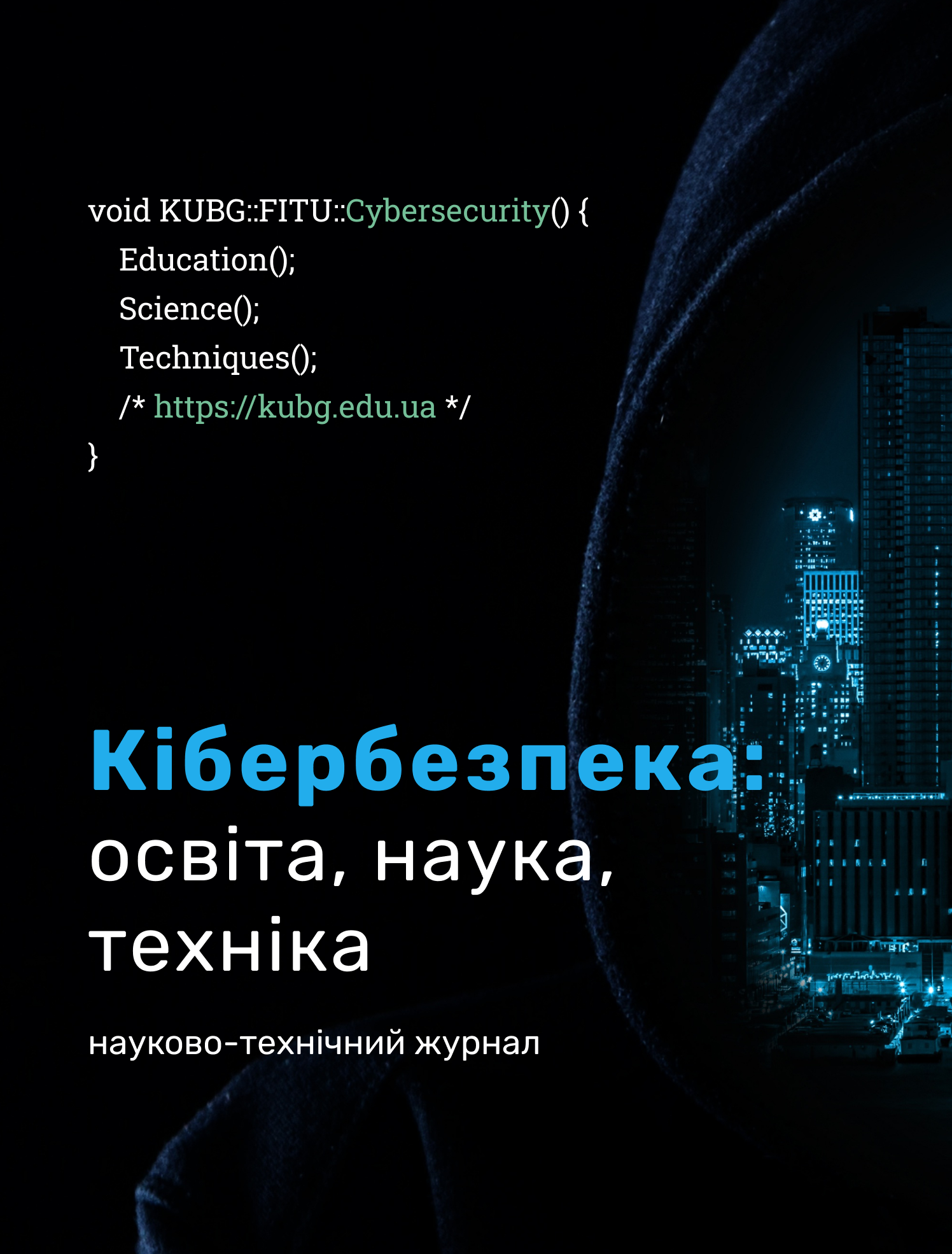FUNCTIONAL FEATURES OF AN INTELLIGENT INTERNAL AUDIT SUPPORT SYSTEM
DOI:
https://doi.org/10.28925/2663-4023.2024.24.4049Keywords:
: intelligent internal audit support system; business entity; steps of the algorithm; audit support system.Abstract
This article discusses the main aspects of developing an intelligent system to support the internal audit of a business entity. Over time, a business entity accumulates more and more data, and their analysis becomes an extremely difficult task. The article provides a brief conceptual characterization of the algorithm for developing internal audit support systems, with a statement of the main difficulties in selecting components. An intelligent system can help to increase the efficiency of audit processes and provide more accurate results of automation and application of analytical tools. The development of an intelligent system to support internal audit is an important and necessary task, as internal audit plays an important role in ensuring effective management and control of a business entity. An intelligent system can quickly process large volumes of data, identify trends, anomalies and risks that allow for more informed decisions, and it can detect unusual transactions or shortages that may indicate the possibility of fraud or error, and can provide auditors with valuable information and analytics to make informed decisions to improve management processes and ensure effective control mechanisms. This will help prevent potential financial losses and preserve the reputation of the business entity. Some steps of the system’s algorithm are considered on the basis of a brief comparative analysis of mathematical support methods.
Downloads
References
Hnatchenko, D., Hnatchenko, T. (2019). Principles of choice of information technologies of management a corporate enterprise. Are the Modern state and prospects of development of economy, account, management, finances and right, 26–28.
Yankovy, O., et al. (2020). Economic assessment of investment on the basis of production functions. Revista Turismo Estudos e Práticas-RTEP/UERN, 2, 1–11.
Cheng, Y. (2008). Vision-based online process control in manufacturing applications. Int. J. Automation science and engineering, 5(1), 140–153.
BCC Research. (2013). Machine Vision: Technologies and Global Markets, Report IAS010C http://www.bccresearch.com/marketresearch/instrumentation-and-sensors/machine-vision-technologies-ias010d.html
Wnuk, M. (2008). Remarks on hardware implementation of image processing algorithms. Int. J. of Applied Mathematics and Computer Science, 18(1), 105–110.
Tsai, D. (1999). A machine vision approach for detecting and inspecting circular parts. Int. J. Advanced Manufacturing Technology, 15, 217–221.
Tsiutsiura, S. (2020). Machine vision improvement method development. Management of Development of Complex Systems, 41, 143–151.
Lakhno, V., et al. (2023). The Model of Server Virtualization System Protection in the Educational Institution Local Network. Mobile Computing and Sustainable Informatics. Lecture Notes on Data Engineering and Communications Technologies, 166. https://doi.org/10.1007/978-981-99-0835-6_33
Published
How to Cite
Issue
Section
License
Copyright (c) 2024 Олена Криворучко , Дмитро Гнатченко

This work is licensed under a Creative Commons Attribution-NonCommercial-ShareAlike 4.0 International License.




